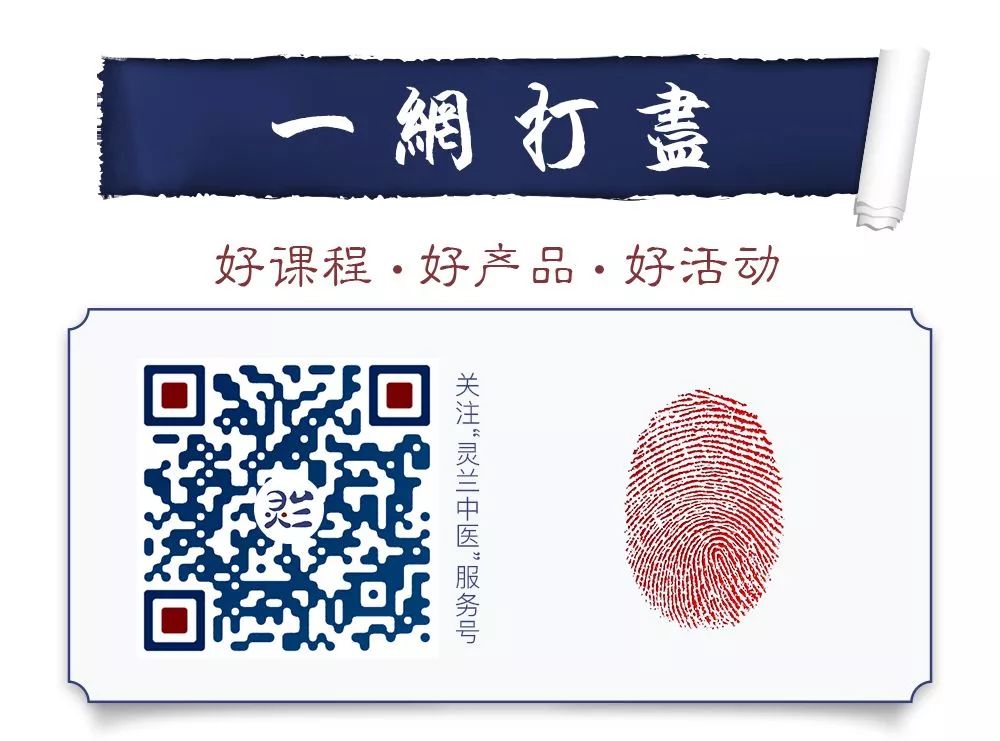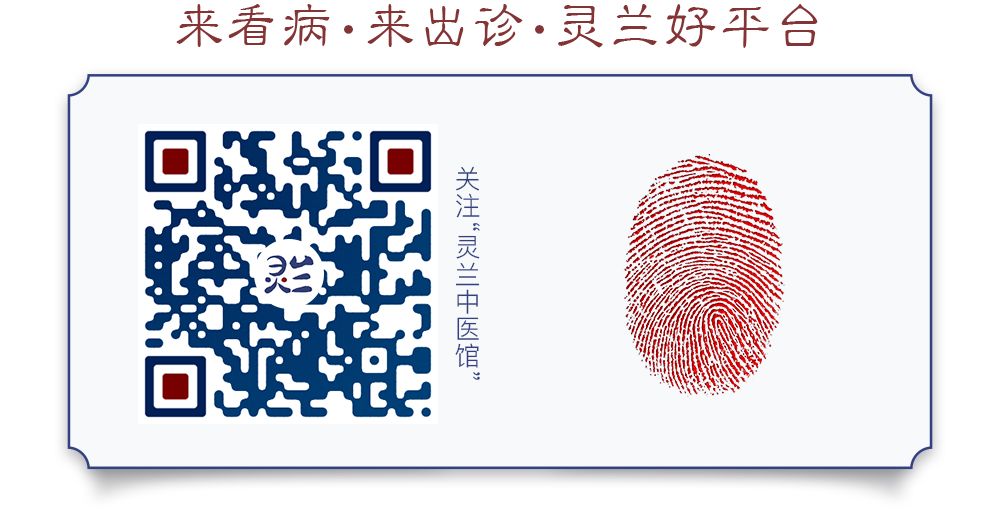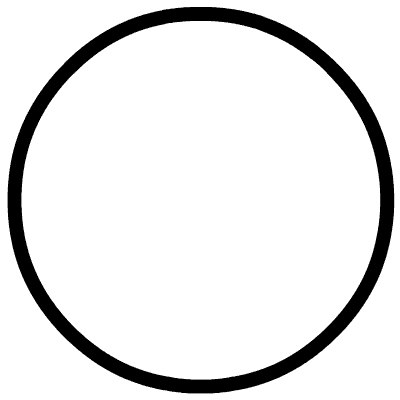
Chinese Medicine Book Club Issue 2911
Daily updates to accompany the growth of TCM practitioners
IIntroduction:It is more challenging for children to take medication compared to adults. In such cases, the powdered formulas introduced in this article can be tried. (Editor/Yan Qifeng)

Introduction to TCM Pediatric Powdered Formulas
Author/Department of Pediatrics, Anyang City Hospital
The entire pediatric team at our hospital has made multiple improvements to commonly used medications for children based on practical experience. The clinical application has shown good results, being economical and convenient, saving on medicinal materials, and is well-received by the public. Below are several commonly used pediatric powdered formulas from our hospital for reference.
Preparation of Powdered Formulas
(1) The raw materials for the powdered formulas should be selected from high-quality medicinal materials to ensure purity, small quantity, and high efficacy.
(2) After selecting the medicinal materials, measure them according to the formula composition and proportions, and dry them separately.
(3) After drying, grind the medicinal materials separately and sift them into powder.
(4) Once the powdered formula is made, it should be stored in a sealed glass bottle for future use.
Dosage and Administration of Powdered Formulas
(1) The powdered formulas can be used alone or in combination, flexibly chosen based on symptoms. For example, for cold and loss of appetite, one can choose a combination of Xiao Feng (消风) and Xiao Dao (消导); for external heat, fever, and cough, one can choose a combination of Xiao Feng, Qing Re (清热), and Zhi Ke (止咳).
(2) Dosage: For children under three months, 2 to 5 grams per dose; for children over one year, 1 to 2 grams per year of age per dose, with a maximum of one to three doses per day depending on the condition. Regardless of whether used alone or in combination, the average dosage should be determined by age, and adjustments should be made based on the severity of the condition and the child’s constitution. Children over ten years old can also use these formulas.
(3) When using, first place the powder in a spoon and add an appropriate amount of water (one part powder to one teaspoon of water), boil it until it changes color (as a measure), strain out the residue, and take it orally.
(4) The best time to take medication is when the child is neither hungry nor full, or half an hour after breastfeeding; laxatives should be taken on an empty stomach in the morning; diaphoretics should be taken in the evening. During the medication period, both the child and nursing mother should avoid greasy and cold foods.
Xiao Feng (消风)
Ingredients: Su Ye (Perilla Leaf) 9g, Bo He (Mint) 9g, Fu Ping (Duckweed) 12g.
Function: Releases the exterior, induces sweating, clears the lungs, and promotes rashes.
Indications: Exterior syndrome due to exogenous pathogens, fever with chills, headache and neck stiffness, cough with runny nose, measles not yet expressed, floating pulse, thin white tongue coating, signs of exterior pathogen.
Huo Xue (活血)
Ingredients: Dang Gui (Angelica Sinensis) 9g, Chuan Xiong (Szechuan Lovage) 6g, Qian Cao (Madder Root) 9g, Yu Jin (Curcuma) 6g.
Function: Invigorates blood circulation, alleviates pain, disperses stasis.
Indications: Blood stasis, qi and blood stagnation, abdominal pain with tenderness, cyanotic complexion, cold limbs, early stage of measles with poor eruption, weakness and numbness of limbs.
Qing Re (清热)
Ingredients: Huang Lian (Coptis) 9g, Zhi Zi (Gardenia) 9g, Hua Shi (Talc) 9g, Xi Jiao (Rhinoceros Horn) 3g (can be replaced with water buffalo horn).
Function: Clears heat, drains fire, cools blood, and detoxifies.
Indications: Excess heat fever, heat toxin accumulation, thirst and irritability, constipation, mouth sores, red eyes, fire toxin sores and boils, red tongue, purple fingerprints.
Jie Du (解毒)
Ingredients: Yin Hua (Honeysuckle) 9g, Lian Qiao (Forsythia) 6g, Da Qing Ye (Isatis Leaf) 9g, Dan Pi (Moutan Root) 6g.
Function: Clears heat, detoxifies, cools blood, and relieves irritability.
Indications: Warm epidemic heat toxin, high fever with irritability, red eyes and nosebleeds, convulsions and cold limbs, rashes with internal toxin, unresolved residual toxins, sores and carbuncles.
Shun Qi (顺气)
Ingredients: Guang Mu Xiang (Saussurea) 3g, Chen Xiang (Agarwood) 3g, Xiang Fu (Cyperus) 15g, Qing Pi (Green Tangerine Peel) 9g.
Function: Regulates qi, relieves stagnation, alleviates pain, soothes the liver, strengthens the stomach, and stops vomiting.
Indications: Qi stagnation abdominal pain, chest fullness, indigestion, vomiting with sour regurgitation, distended abdomen with visible veins, abdominal pain due to food accumulation.
Xiao Dao (消导)
Ingredients: Shen Qu (Fermented Grain) 9g, Shan Zha (Hawthorn) 9g, Zhi Ke (Bitter Orange) 6g, Bing Lang (Areca Nut) 6g.
Function: Promotes digestion, relieves stagnation, and regulates qi.
Indications: Food stagnation, abdominal distension, vomiting with sour regurgitation, abdominal pain with tenderness, poor appetite, sallow complexion, constipation, thick greasy tongue coating, and stasis signs.
Zhi Ou (止呕)
Ingredients: Huo Xiang Ye (Agastache) 7.5g, Ban Xia (Pinellia) 7.5g, Ju Hong (Tangerine Peel) 7.5g, Gong Ding Xiang (Clove) 7.5g.
Function: Stops vomiting, regulates qi, and strengthens the stomach.
Indications: Internal injury from food, external pathogenic invasion, dizziness, nausea, vomiting, belching with sour regurgitation, disharmony of spleen and stomach, and various symptoms from external pathogens.
Zhi Ke (止咳)
Ingredients: Ban Xia (Pinellia) 9g, Ting Li Zi (Descurainia) 6g, Chuan Bei Mu (Fritillaria) 12g, Zhu Li You (Bamboo Juice) 30g.
Function: Resolves phlegm, stops cough, and alleviates wheezing.
Indications: Cough with phlegm, wheezing, vomiting phlegm, and cough with a sound like a water chicken.
Zhi Xie (止泻)
Ingredients: Rou Dou Kou (Nutmeg) 7.5g, He Zi (Terminalia) 7.5g, Yun Ling (Poria) 7.5g, Zhu Ling (Polyporus) 7.5g.
Function: Strengthens the spleen, promotes dampness, and stops diarrhea.
Indications: Damp diarrhea, spleen deficiency dehydration, loose stools, short red urine, thirst and irritability, chronic dysentery, and anal prolapse, with a pale white tongue coating.
Gong Li (攻里)
Ingredients: Ba Dou Shuang (Croton) 1.5g, Chen Xiang (Agarwood) 4.5g, San Leng (Sparganium) 12g, E Zhu (Curcuma) 12g.
Function: Breaks up accumulation, transforms stagnation, and promotes bowel movements.
Indications: Food accumulation, abdominal pain with tenderness, constipation, intestinal parasites, distended abdomen with visible veins, craving for dirt, and poor appetite.
Qu Han (祛寒)
Ingredients: Ren Shen (Ginseng) 6g, Fu Zi (Aconite) 4.5g, Gan Jiang (Dried Ginger) 4.5g, Bai Zhu (Atractylodes) 15g.
Function: Warms the middle, disperses cold, and revives yang.
Indications: Spleen and stomach yang deficiency, cold abdominal pain, diarrhea with clear stools, cold limbs, prolonged diarrhea, dehydration, sinking pulse, and pale white tongue coating.
Hua Chong (化虫)
Ingredients: Jun Zi Ren (Apricot Kernel) 9g, Niao Mei (Bird Cherry) 6g, Lei Wan (Thunderbolt) 3g.
Function: Expels roundworms and pinworms.
Indications: Abdominal pain due to parasites, sallow complexion, loss of appetite, irritability, and craving for dirt.
Zhen Jing (镇惊)
Ingredients: Zhu Sha (Cinnabar) 6g, Hu Po (Amber) 6g, Tian Zhu Huang (Bamboo Sugar) 15g, Jin Bo (Gold Leaf) 20 pieces.
Function: Calms the heart and settles the spirit.
Indications: Sudden fright, loss of consciousness, convulsions, night crying, acute and chronic fright wind, and agitation with convulsions.
Xiang Lian (香连)
Ingredients: Mu Xiang (Saussurea), Huang Lian (Coptis), Bai Shao (White Peony), Bing Lang (Areca Nut), Chuan Po (Chuanxiong), Zhi Ke (Bitter Orange) in equal amounts.
Function: Clears heat, stops dysentery, regulates qi, and relieves stagnation.
Indications: Damp-heat dysentery, bloody diarrhea, urgency and heaviness, unsatisfactory bowel movements, gastrointestinal damp-heat, fever with diarrhea, and short red urine.
Bu Zheng (补正)
Ingredients: Ren Shen (Ginseng) 6g, Lu Rong (Deer Antler) 3g, Huang Qi (Astragalus) 21g.
Function: Tonifies qi and benefits essence.
Indications: Congenital deficiency, chronic illness with weakness, prolonged diarrhea, qi and blood deficiency, sallow complexion, weakness of limbs, and prolapse of the rectum.
Niu Huang San (牛黄散)
Ingredients: Da Huang (Rhubarb), Er Chou (Corydalis) in equal amounts.
Function: Clears heat and promotes bowel movements.
Indications: Accumulated heat in the intestines and stomach, mouth and tongue sores, fever with irritability, constipation, food and drink stagnation, foul stools, urinary obstruction, initial stage of dysentery, abdominal pain with tenderness, and excess heat symptoms.
Recommended Reading
-
Effective Use of “Qing Jin San” for Nasal Dryness
-
Economical and Effective Dosage Forms—Coarse Decoction
-
Effective Formula for Bi Syndrome: Jiu Fen San
I Copyright Statement
-
This article is excerpted from “Chinese Practical Medical Journal”,February 1975, Author/Department of Pediatrics, Anyang City Hospital.Editor/Yan Qifeng.
-
Copyright belongs to the relevant rights holders. If there are any improper uses, please feel free to contact us.
-
This public account shares articles and videos for learning and exchange purposes only. Non-TCM professionals should not attempt to self-medicate.
I Submission Email [email protected]



 Click the original text to learn more exciting content!
Click the original text to learn more exciting content!

